Tsum Valley Trek
The Tsum Valley Trek is an extraordinary journey that takes you deep into the remote and culturally rich Tsum Valley, nestled in the Himalayas of Nepal. This off-the-beaten-path trek offers a unique opportunity to explore a hidden gem, where ancient traditions, untouched landscapes, and warm hospitality await.
The Tsum Valley is renowned for its mystical charm and strong Tibetan Buddhist influence. The valley is dotted with ancient monasteries, chortens (Buddhist shrines), and mani walls (stone walls engraved with Buddhist prayers). The trek provides an immersive cultural experience as you encounter the local people, predominantly of Tibetan origin, who have preserved their traditions and way of life for generations.
The journey typically starts in the village of Arughat, and from there, you gradually ascend through picturesque landscapes, passing through quaint villages, terraced fields, and dense forests. As you venture deeper into the valley, you’ll come across traditional Tibetan-style stone houses adorned with prayer flags, and the serene sound of prayer wheels spinning in the wind.
One of the major highlights of the Tsum Valley Trek is the awe-inspiring views of the towering Himalayan peaks, including Ganesh Himal, Sringi Himal, and the majestic Manaslu, the eighth highest mountain in the world. You’ll traverse through high mountain passes, such as the Ngula Dhoj Hyang (4,900 meters), which offer panoramic vistas of the surrounding mountains and valleys.
The trek also takes you to the sacred pilgrimage site of Mu Gompa, the largest monastery in the region. Here, you can witness Buddhist rituals, interact with the resident monks, and soak in the spiritual ambiance. The Tsum Valley is believed to be a hidden treasure of ancient Buddhist scriptures and has close ties to the famous Kyimolung, the “Valley of Happiness” described in Tibetan Buddhist texts.
Accommodation along the trekking route is in basic tea houses or homestays, providing a glimpse into the local lifestyle and warm hospitality of the Tsum Valley inhabitants. The food is predominantly Nepali and Tibetan, with hearty meals to fuel your trekking adventure.
The Tsum Valley Trek is a moderately challenging trek, requiring a good level of physical fitness and previous trekking experience. The trail can be steep and rugged in some sections, and altitude acclimatization is essential. It is recommended to trek during the spring (March to May) and autumn (September to November) seasons for the best weather and visibility.
The Tsum Valley Trek offers a truly unique and enriching experience for trekkers seeking adventure, cultural immersion, and breathtaking landscapes. It is an opportunity to step into a world untouched by modernization and connect with the ancient traditions and spirituality of the Himalayas.
Itenerary
-
Day 1: Kathmandu to Soti Khola
- Fly from Kathmandu to the city of Pokhara (30 minutes)
- Drive from Pokhara to Soti Khola (7-8 hours)
- Overnight stay in Soti Khola
-
Day 2: Soti Khola to Machha Khola
- Trek from Soti Khola to Machha Khola (6-7 hours)
- Pass through scenic landscapes, terraced fields, and small villages
- Overnight stay in Machha Khola
-
Day 3: Machha Khola to Jagat
- Trek from Machha Khola to Jagat (6-7 hours)
- Cross the Machha Khola and trek through beautiful forests
- Overnight stay in Jagat
-
Day 4: Jagat to Lokpa
- Trek from Jagat to Lokpa (5-6 hours)
- Enter the Tsum Valley region and explore the local culture and traditions
- Overnight stay in Lokpa
-
Day 5: Lokpa to Chumling
- Trek from Lokpa to Chumling (6-7 hours)
- Pass through beautiful landscapes and small villages
- Overnight stay in Chumling
-
Day 6: Chumling to Chhokangparo
- Trek from Chumling to Chhokangparo (5-6 hours)
- Enjoy stunning views of Ganesh Himal and other peaks
- Explore the unique Tibetan-influenced culture of the region
- Overnight stay in Chhokangparo
-
Day 7: Chhokangparo to Nile
- Trek from Chhokangparo to Nile (5-6 hours)
- Visit the ancient Milarepa Piren Phu Cave
- Overnight stay in Nile
-
Day 8: Nile to Mu Gompa
- Trek from Nile to Mu Gompa (3-4 hours)
- Explore the ancient Mu Gompa monastery and surrounding areas
- Overnight stay in Mu Gompa
-
Day 9: Mu Gompa (Rest day)
- Rest day in Mu Gompa for acclimatization
- Explore the local area, interact with monks, and enjoy the tranquility
- Overnight stay in Mu Gompa
-
Day 10: Mu Gompa to Chhokangparo
- Trek from Mu Gompa to Chhokangparo (6-7 hours)
- Descend through the beautiful valley and return to Chhokangparo
- Overnight stay in Chhokangparo
-
Day 11: Chhokangparo to Lokpa
- Trek from Chhokangparo to Lokpa (6-7 hours)
- Retrace your steps back to Lokpa
- Overnight stay in Lokpa
-
Day 12: Lokpa to Jagat
- Trek from Lokpa to Jagat (5-6 hours)
- Descend through the valley and enjoy the scenic landscapes
- Overnight stay in Jagat
-
Day 13: Jagat to Soti Khola, Drive to Kathmandu
- Trek from Jagat to Soti Khola (6-7 hours)
- Drive from Soti Khola to Kathmandu (7-8 hours)
- Arrive in Kathmandu and conclude the trek
Full Board
Cost Includes:
Cost Excludes:
BC Service
Cost Includes:
Cost Excludes:
Price per person
Usefull Information
Inclusions:
- Accommodation (tea house or camping)
- Meals (breakfast, lunch, and dinner)
- Local transportation (airport transfer, trekking transportation)
- Trekking guide and porter services
- Necessary permits and fees
Exclusions:
- International airfare
- Travel insurance
- Personal expenses (alcohol, snacks, souvenirs, etc.)
- Tips for guide and porter
- Emergency evacuation expenses
- Any other expenses not mentioned in the inclusions list.
FAQs
-
How do I get to Tsum Valley?
To reach Tsum Valley, you typically start your journey from Kathmandu, Nepal’s capital. You can either take a bus or a private vehicle to reach Arughat or Soti Khola, the starting points for the trek. From there, you’ll trek through picturesque villages and landscapes to reach Tsum Valley.
-
When is the best time to trek in Tsum Valley?
The best time to trek in Tsum Valley is during the spring (March to May) and autumn (September to November) seasons. These months offer stable weather, clear skies, and favorable trekking conditions. The views are also spectacular during these seasons.
-
What permits do I need for Tsum Valley trek?
Trekking in the Tsum Valley requires special permits due to its restricted area status. You’ll need both the Manaslu Restricted Area Permit and the Tsum Valley Restricted Area Permit. These permits can be obtained through registered trekking agencies in Nepal.
-
How long does the Tsum Valley trek take?
The duration of the Tsum Valley trek depends on the itinerary you choose and your trekking pace. Typically, the trek takes around 14 to 18 days for a complete circuit, including side trips to Mu Gompa and other scenic spots. However, shorter or longer itineraries are also possible.
-
What is the accommodation like during the trek?
Accommodation along the Tsum Valley trek route primarily consists of tea houses or lodges run by local families. These provide basic amenities such as a bed, blankets, and meals. The facilities may vary in quality and comfort, especially in more remote areas.
-
Is altitude sickness a concern on the Tsum Valley trek?
Yes, altitude sickness can be a concern during the Tsum Valley trek as you’ll be ascending to high altitudes. It’s essential to acclimatize properly, stay hydrated, and ascend gradually to minimize the risk. Be sure to familiarize yourself with the symptoms of altitude sickness and seek medical help if necessary.
-
Do I need a guide/porter for the Tsum Valley trek?
While it’s not mandatory to hire a guide or porter for the Tsum Valley trek, it’s highly recommended, especially if you’re not familiar with the area or the terrain. A guide can enhance your experience by providing valuable insights into the culture, history, and nature of the region, while a porter can help lighten your load and make the trek more enjoyable.
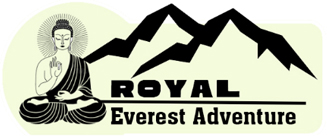
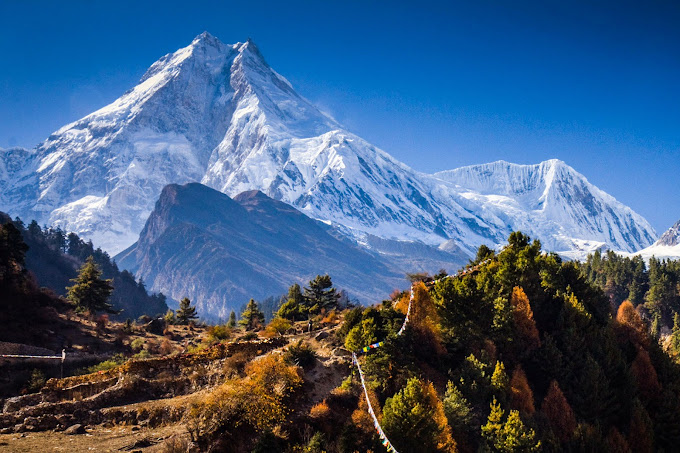
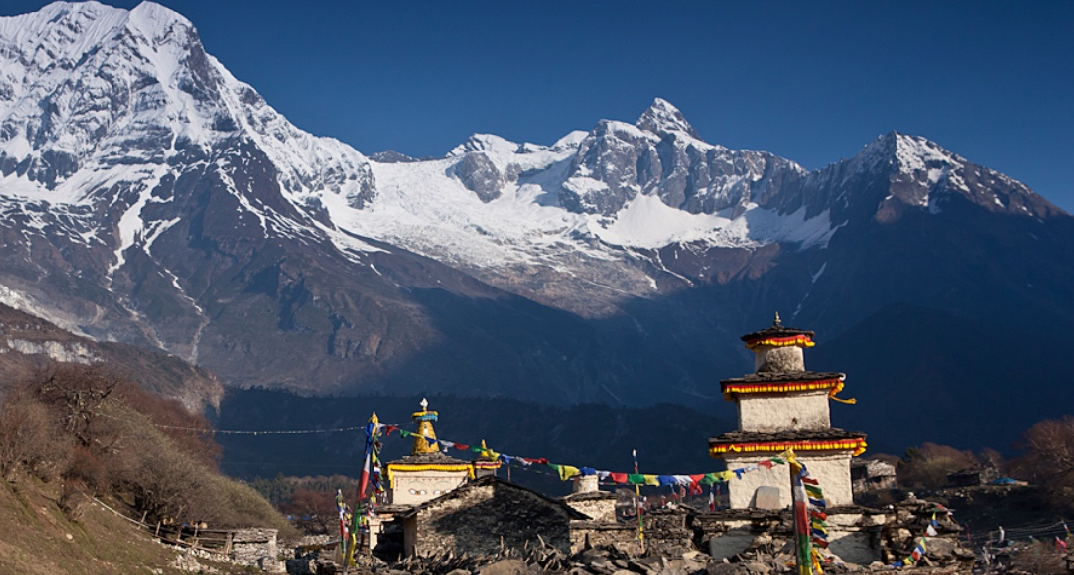
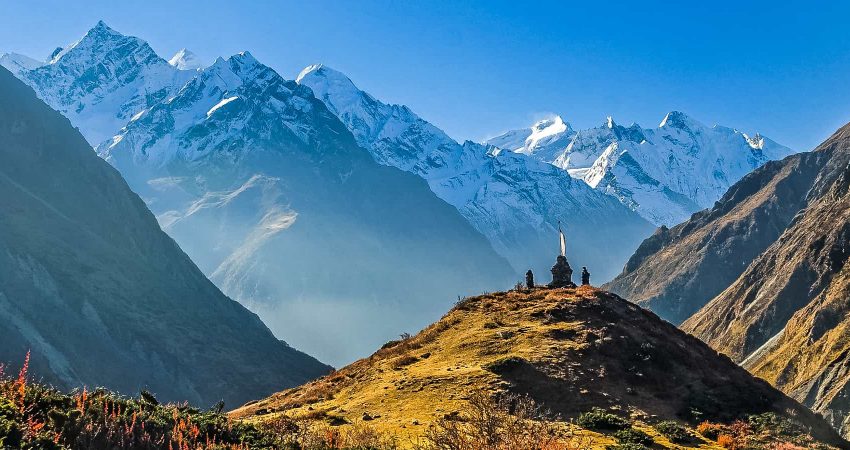


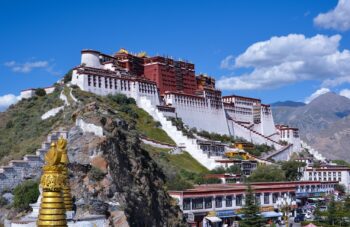
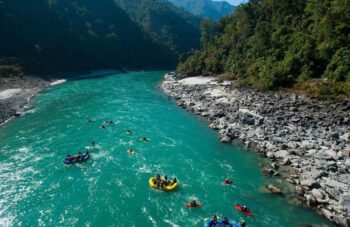
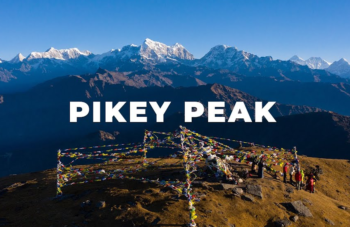
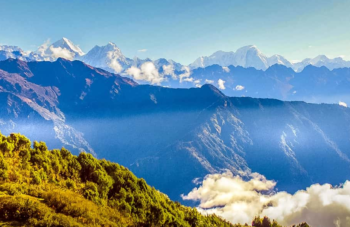
Leave a Reply